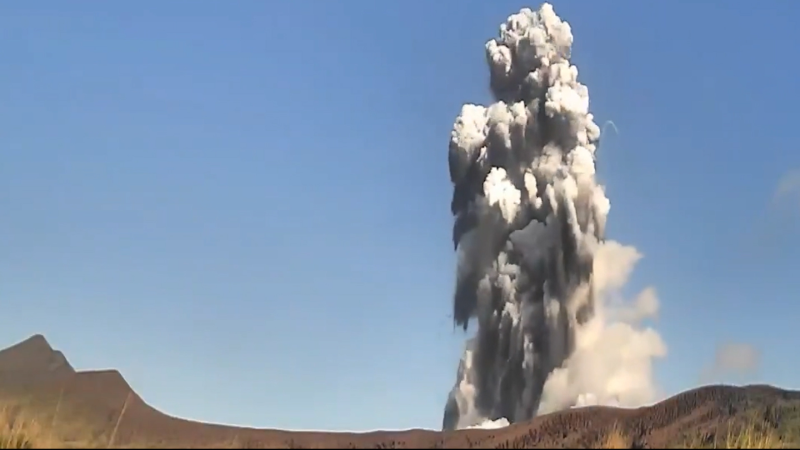Fall fury: The 2nd severe weather, tornado season in the US
As leaves change colors and cooler air arrives during autumn, forecasters warn of a growing risk of severe weather and tornadoes across the United States.
People often associate springtime with severe storms, but fall can fuel severe weather too. AccuWeather’s Tony Laubach takes a look at where that may happen this year.
Autumn is known for its vibrant foliage, the arrival of chilly air and the first snowflakes of the season. However, a lesser-known aspect of this time of year is the resurgence of severe weather and tornadoes.
Severe weather can occur at any time of the year, but the primary severe weather season occurs in the central and southern United States in March, April and May. During these months, conditions are ripe for tornado-producing thunderstorms as warm, humid air from the Gulf of Mexico clashes with cold air from the north.
Research by AccuWeather has revealed that May 25 had the highest number of reported tornadoes between 1950 and 2020. However, during that same 70-year period, at least 10 tornadoes were reported on every day of the year.

Fred Davis talks to his daughter on a cell phone as he describes the damage to his home after a tornado hit in Powderly, Texas, Saturday, Nov. 5, 2022. (AP Photo/LM Otero)
Weather patterns similar to spring can unfold over the U.S. during the autumn months, resulting in a secondary peak in severe weather.
"As the jet stream dips farther south - and once again jet stream disturbances become stronger with increasing temperature variations across the country - the remaining late-summer warmth clashes with incoming chillier air from the north," AccuWeather Chief Meteorologist Jonathan Porter explained.

Additionally, landfalling hurricanes can spawn tornadoes, which contributes to the uptick in the twister tally during hurricane season, which peaks in September.
Where is severe weather most common in autumn?
“Late-fall severe weather typically occurs along the Gulf Coast and Southeast," AccuWeather Long-Range Expert Paul Pastelok explained.
One of the bigger factors is the amount of warm water in the Gulf. Another factor is the overall path of storms from the Pacific that traverse the country can influence where exactly severe weather can rumble to life.
Major severe weather outbreaks have occurred multiple times in November, including in 1989, 2005 and 2015. These three outbreaks alone spawned 580 tornadoes from the Gulf Coast as far north as Ohio, Pennsylvania and New York and as far west as Kansas and Nebraska.

Debris from a row of homes destroyed by a tornado in Washington, Ill., is seen early Monday, Nov. 18, 2013. The tornado destroyed several hundred homes in the small town the day before. (AP Photo/David Mercer)
"It is critically important for people and businesses to know how they are going to react to move to safe shelter if a tornado warning is issued -- regardless of the day of the year," Porter said.
Report a Typo














